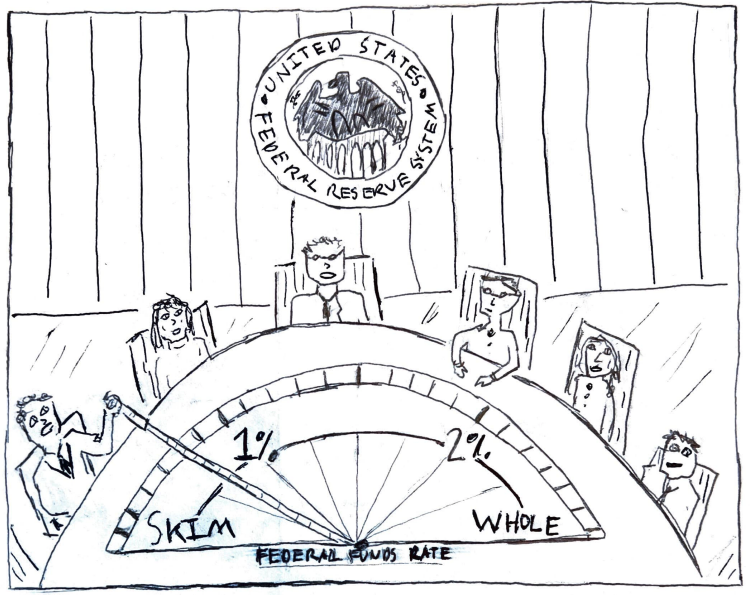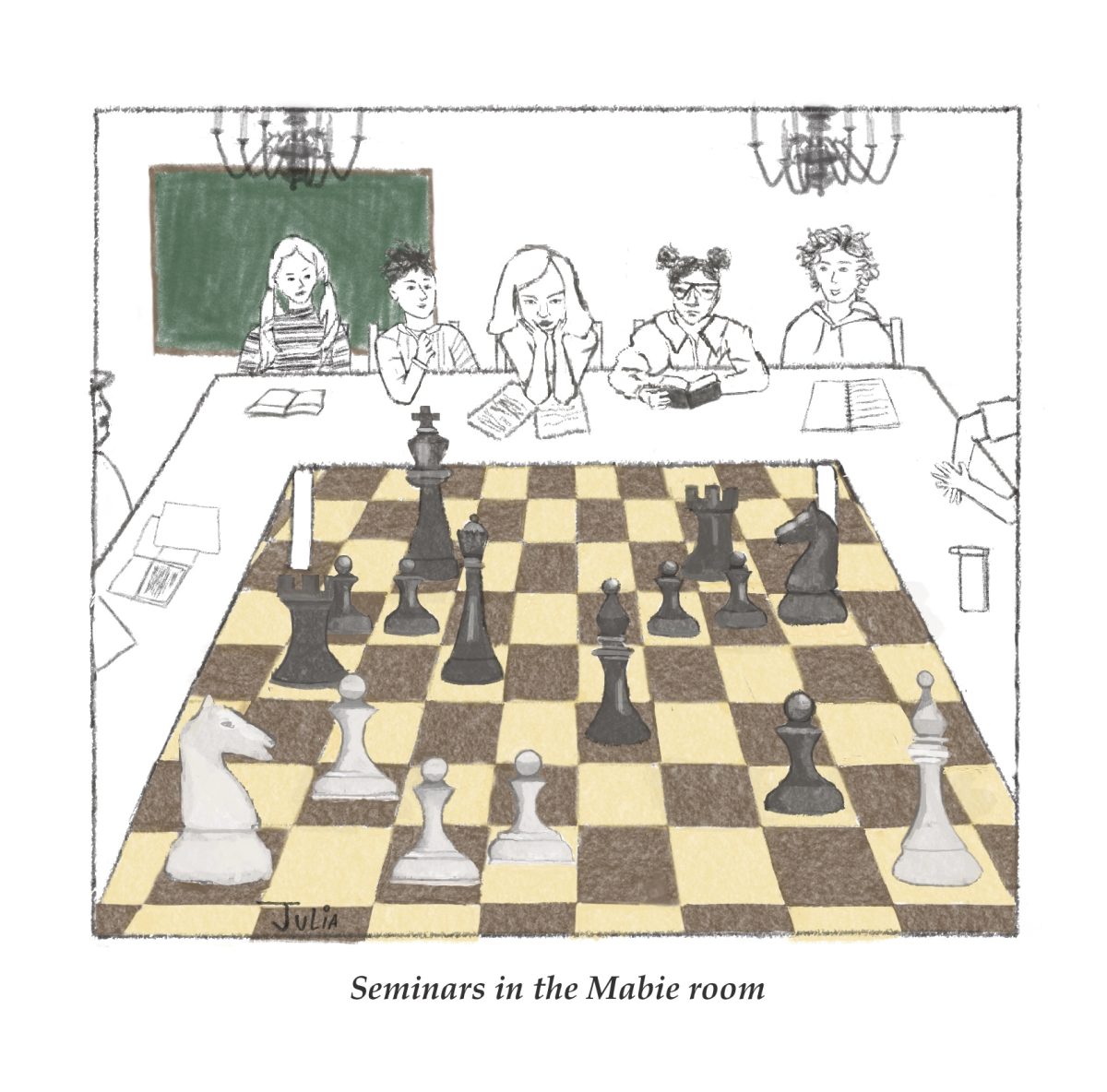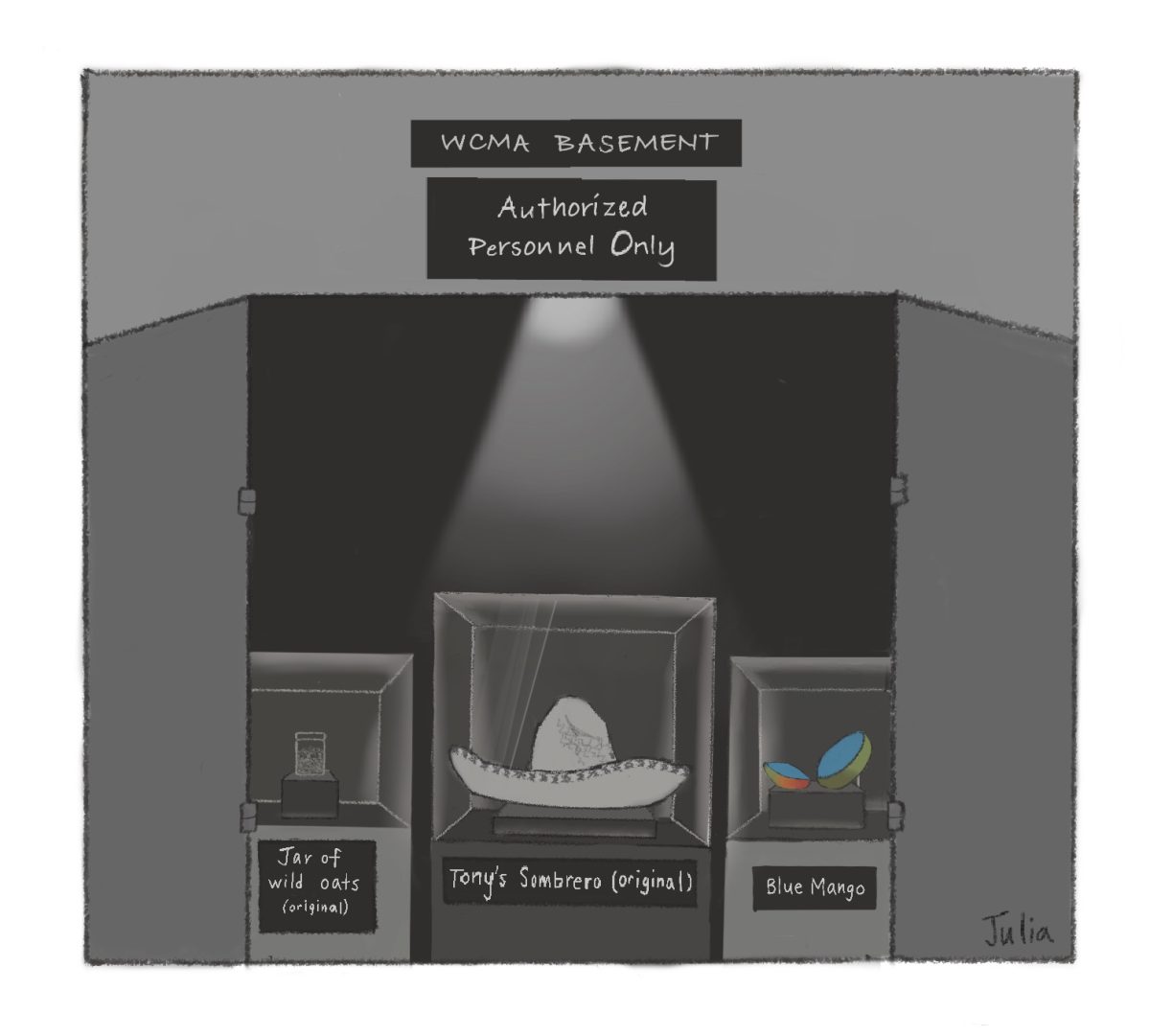Once the hand cramps have faded, and the first-years have settled in, discussions of SAT scores at the College center primarily around the test’s problems.
There’s ample material to discuss – racial inequities, prohibitive tutoring costs and the obnoxious fact that the length of one’s essay is directly predictive of one’s writing score (“Forget brevity,” my high school English teacher advised). For many students at the College, these issues have so tainted the SAT that they now view it as a vestigial organ at best, a perpetuator of institutional racism at worst. These arguments – despite their merits – focus on the SAT’s dubious claim of measuring “aptitude.” By doing so, however, students ignore the test’s true utility: standardization.
Consider the fact that the average grade at Harvard is an A-, whereas the average grade at Williams is around a B+. Both student bodies exhibit fairly similar levels of intelligence – yet one imagines that an “average” Harvard student would be more successful in the job market,ceteris paribus [all other things being equal]. The issue inherent in this example is magnified, at the high school level, to the nth degree. High schools, unlike colleges, are even more disparate in their standards of grading.
I was reminded of this recently when one friend mentioned that they graduated with a GPA of 5.2 out of 4, and another friend responded that they had an equally exceptional 93/100 GPA – what?
But the issue doesn’t end there; even among high schools that use traditional grading standards, there are distorting factors. For instance, certain schools do not weigh Advanced Placement (AP) classes more than “normal” classes, thus precluding students from ever having GPAs above 4.0 (important, considering that Williams students have an average GPA of 4.03 coming into college). For these students, the SAT is not a matter of consternation or inequity, but rather a means through which they can properly demonstrate their ability.
While it would be easy to belabor this point, focusing on additional issues remedied by standardization (e.g., the inherent differences in schools’ difficulties, or the need for some metric of comparison for students who go to atypical or “gradeless” schools), I instead want to suggest another important implication of systematized evaluation – the temporal element.
As significant literature demonstrates, grade inflation is present at both the high school and college level. The extent of this inflation tends to increase over time. The SAT’s standardized nature means that students who scored a 2000 in 1995 have performed similarly, relative to their peers, as students who score a 2000 today (this technically converts to a 1410 based on the new SAT score chart). Without this temporally continuous standard, it becomes impossible to compare potential graduate students or job candidates who have graduated high school years (and sometimes decades) apart.
I predict that a majority of students reading this will at this point be rather annoyed. And, if this prediction applies to you, congratulations: you are right to be annoyed. The fact that the SAT provides these invaluable measures of standardization – measures which, I contend, increase net equity across geography and time – makes the inequities displayed by SAT test results all the more frustrating.
But the SAT is not the cause of these disparities; rather, it is a symptom. And too often, it has been used as a scapegoat, whereas true progress in providing equal educational opportunity will be made possible only when it is ensured that student have fairer access to high quality instruction and academic curricula.
In real life, one’s arguments are evaluated not by length, but by content. To opine about the SAT without having first acknowledged these notable benefits profoundly weakens one’s case.
Mike Rury ’19 is from State College, Penn. He is an economics and English double major.







